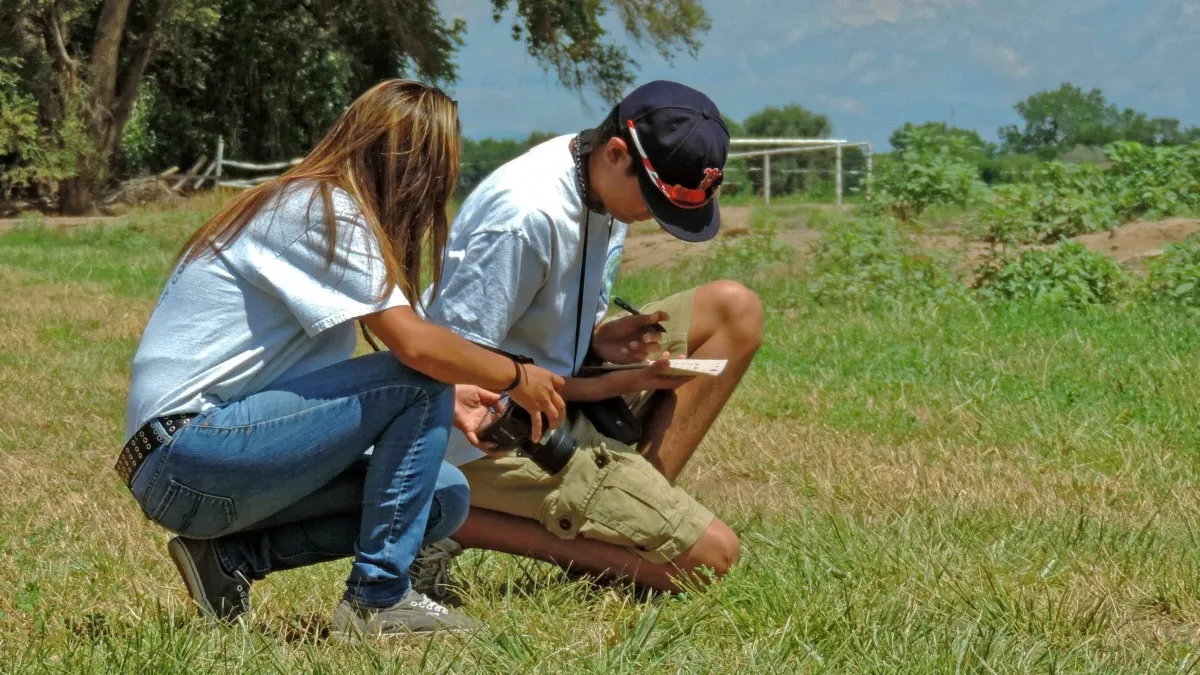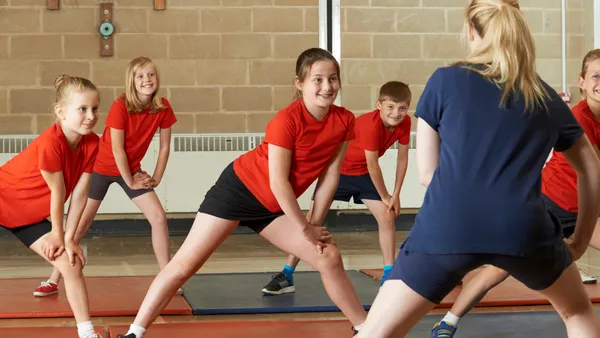Dive Brief:
- Vermont schools are turning personalized learning into collaborative experiences by getting a better understanding of students, Katy Farber, a Vermont-based professional development coordinator, and Penny Bishop, a professor of education at the University of Vermont, write for Edutopia.
- Personalized learning can take place through students' self-selected paths of study. For example, at the Cabot School, students are allowed to apply to internships that are based on their interests, and tied to their local community’s needs.
- By having more choices in their learning experience, students feel more empowered and productive, seeing how their work can have a broader impact in addition to just boosting class grades.
Dive Insight:
Personalized learning doesn’t need to be an isolating experience, with students sitting in front of a computer clicking through milestones. Instead, lessons tied to a child’s specific educational needs can also tie into the community and involve collaboration, taking students out of the classroom and into real-world environments to help them develop soft skills as well.
Sometimes these lessons are as elaborate as writing a new law. A personalized learning project can also be tied to a clean-up day at a local park or even designing a new space for a local library.
When students collaborate, they also have a chance to develop social and emotional learning skills (SEL). Launching a project in their community and following it through to completion can help students learn how to self-manage and even make constructive and responsible decisions — two cornerstone SEL skills.
Ensuring that students have opportunities to develop SEL skills is a focus for educators and funding to support SEL initiatives was also proposed as part of the federal budget.These high-demand soft skills are also tools that employers want to see in potential job candidates.
Educators who are then looking to push personalized learning opportunities out of the classroom — and away from a computer — can help students meet their educational needs while also helping them develop other crucial life skills in the process.













